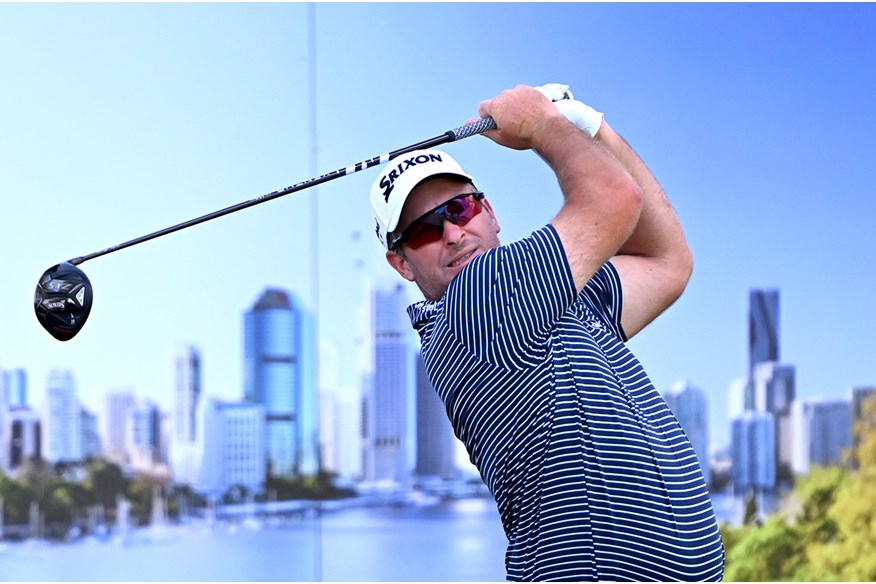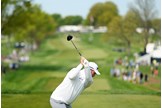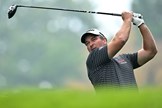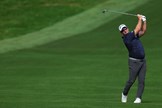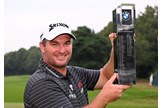BMW PGA champ Ryan Fox: My best tips for more driver distance
Last updated:
Ryan Fox, one of the biggest hitters in golf, was sensational off the tee in winning the BMW PGA Championship at Wentworth, and now he’s sharing his best tips for more distance with you.
Fox won the biggest title of his golf career at the 2023 BMW PGA, seeing off a stellar field that included all of Team Europe’s Ryder Cup stars, with a sensational Sunday back-nine.
The 36-year-old carded a five-under 67 to finish on 18-under at Wentworth and secure his fourth DP World Tour win and rise up the Race to Dubai rankings.
The Kiwi – who has a bag of Srixon clubs – shared some of the keys to his success this summer, including the best ways to practice and the best way to hit it farther.
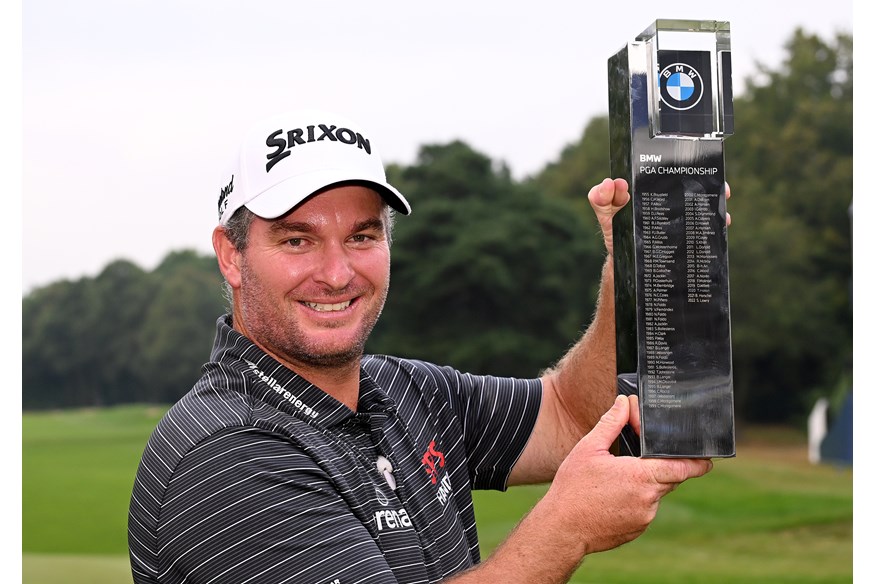
Many players go onto the range and just bash balls. I’m guilty of that sometimes as well, trying to hit it really hard and having a bit of fun. There’s nothing wrong with that but if you want to get better you’ve got to strip things down… There’s always a process and I will never hit a ball without having a target or without trying to work on something technically.
Hitting it far is a double-edged sword. When it goes great, it’s fantastic! But when it goes crooked, you end up in some interesting places! When I was younger I hit it far, but not very straight, so I spent the majority of my time figuring out how to hit it straight.
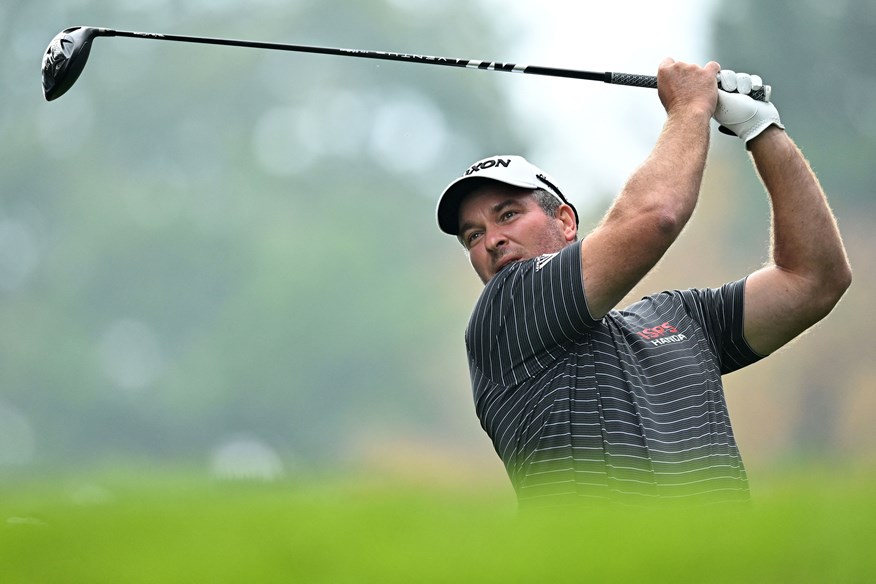
I’ve hit a few drives well over 400 yards on Tour. When I was 15 on my home course I hit a sand wedge into a 525-yard par 5. But the drives I most remember are what I hit into the green, rather than how far the drive went. Earlier in my career, on the Aussie Tour in Queensland, I was three shots back with three holes to play and the 16th was a 410-yards par 4 and I drove it on the green and knocked in the eight-foot eagle putt. I then eagled the 17th and won by a shot!
Figure out how far your ball goes, especially your irons and wedges. The number of times I see an amateur try to hit a 7-iron 150-yards, only to come up 10 yards short. They’re thinking about their Sunday best 7-iron, whereas you see on Tour we’re either pin high or at least in the right place. So getting your distances right is hugely important – and that might mean settling your egos a bit. You’ve got to know how far it pitches, too – hit a minimum of five shots with each club and, if you play enough golf, you’ll get a pretty good feel in terms of the distances. Do this and you can definitely improve your scoring.
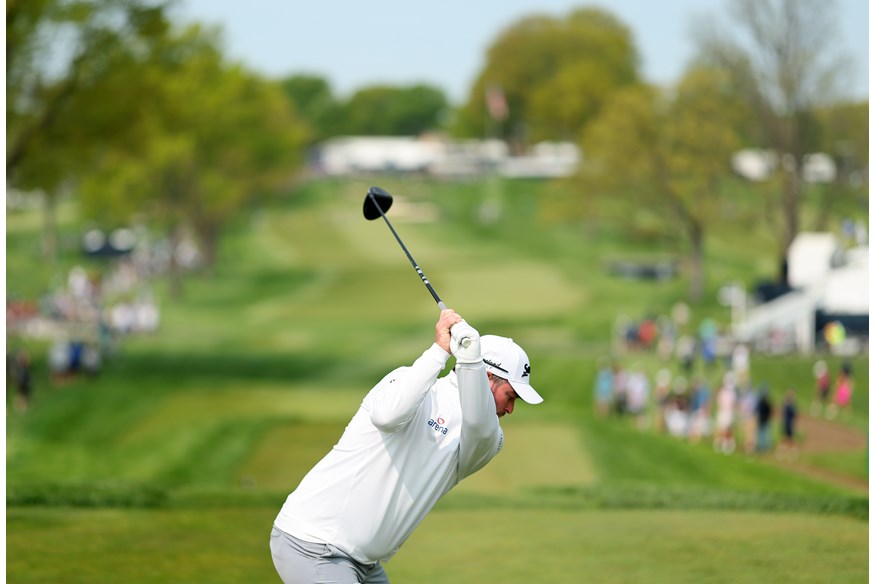
Pick a target. Amateurs aren’t very specific when picking targets, they’ll just say ‘I just want to hit the fairway’. But Tour players are very specific in what we’re aiming it: at the edge of a tree, edge of a bunker – something really small – and we’ve always got a picture of what we want the ball to do. Most amateurs say ‘well, the flag is there and I’m just going to hit it at the flag.’ But your brain works a lot better when you’re really specific, so the more precise you are, the better. You’ll still hit bad shots – everyone does that – but hopefully the more precise you are, your bad shots might not be so bad because your brain is a little more engaged.
Work on your technique on the range. It can be something simple as long as there’s a process to think about. Half an hour hitting balls with the right process is a whole lot better than hitting balls for an hour or two without really thinking too much. If I’m really happy with what I’m doing, I don’t hit a lot of balls – but on every one I’m trying to hit a shot and taking it on to the tournament.
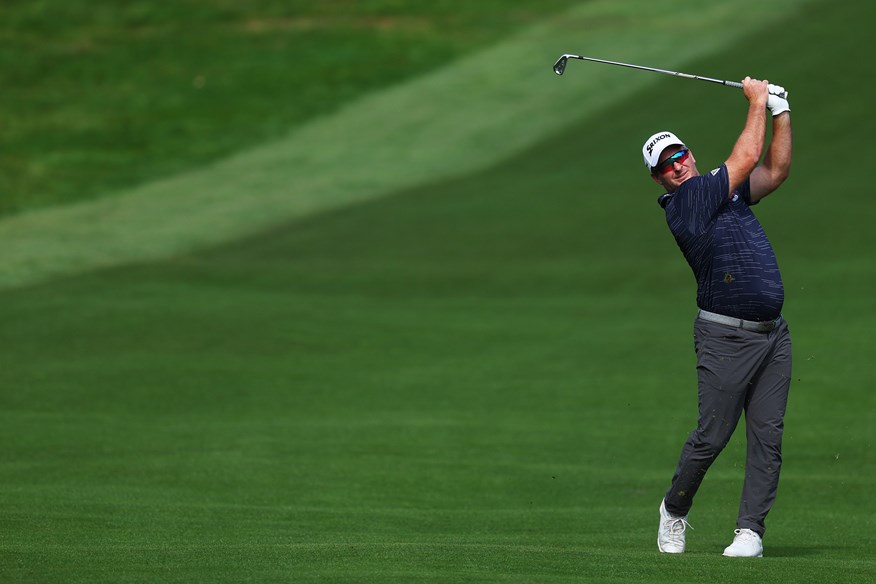
With driver, the biggest thing is to get your set-up right: you want to be set-up a bit behind the ball, probably put more weight on the right side and with the driver you need to hit up on compared to down with the other clubs and then make sure the ball is forward of the instep of the left foot. Then it’s all about sequencing. A lot of amateurs try to hit it hard, using the whole upper body – the club goes over the top and results in either a big pull or big slice. Everything needs to work in sync. Look at someone like Rory McIlroy, who has an exceptionally fast lower body; that starts everything and everything else follows from there. If you want to pick up some yardage you want to get your whole body working… the coil, then the lower body unloads and everything else follows behind it.
A good game to play is the nine-ball drill. Three ball flights (draw, fade and straight) and three flights (low, medium and high) so if you want to make your practice more interesting, go through your bag and pick three targets, say 100, 150 & 180 yards, and try to hit those three shots. It gets your mind engaged in what you’re trying to do. I start off with the low and I won’t carry on till I’ve hit the shot. You need to make practice interesting.
Play a course in your head on the range, or nine holes. Stand up and say the first hole is a par-4 and I normally hit a driver, then pick a target that feels like the hole. Then I might have a 9-iron in, so I imagine where the flag is going to be on the green and hit that shot. Obviously, you’ve got to have pretty good knowledge of the course – we do it with yardage books – but if it’s your home course, you’ll have a good enough idea of what to expect. Again, it varies it and it’s very much simulating what you do on the course. You can even give yourself a score. It’s a nice way of getting some focused practice in.
READ NEXT
– How much does the BMW PGA champion win
– Best drivers
